Putting the C in Convenience
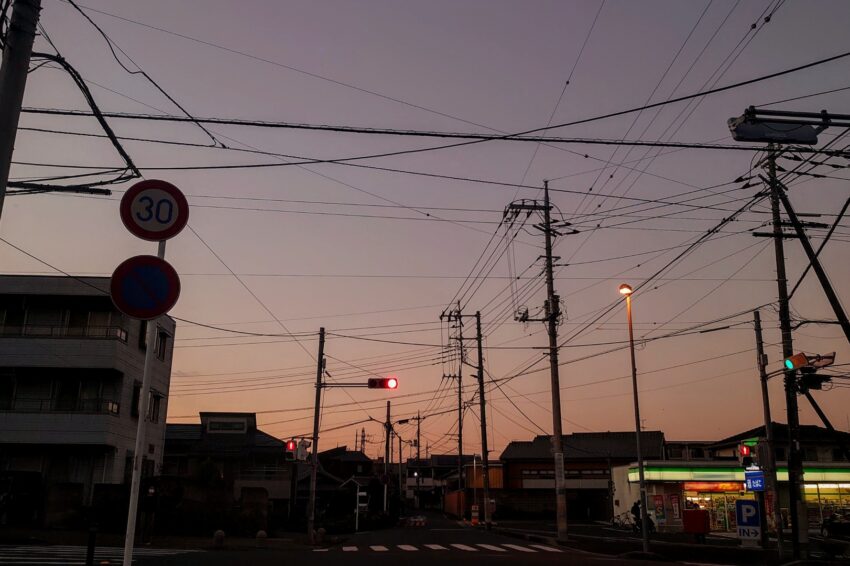
If you asked me the question “what do you know now, that you wish you had known before you came to Japan?”, there would be a number of different predictable answers. How to eat sushi without dropping it? How to read complicated kanji? Or perhaps long list of Japanese manners? Well, as important as all these are, there’s something much more useful in your everyday life that is easily overlooked. That is, how to use a Japanese convenience store.
You may be thinking, “hey we have convenience stores in my country” or “yeah, I think I can handle shopping, thank you very much”. But there are so many hidden uses and hidden gems in a convenience store that you can easily miss if you aren’t aware. Japanese convenience stores, or konbinis as the Japanese say, are a little different. Say for example you need to transfer some money, you’re desperate to find a toilet, or you need to send a fax for the first time in your life. The konbini has you covered.
Essential Phrases
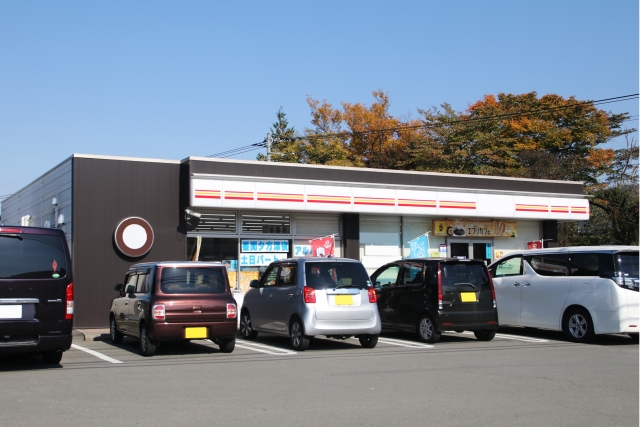
Photo by えこだん
First of all, there are a number of useful phrases you’ll need to know. The first thing you’ll hear upon entering is;
“いらっしゃいませ” (irasshaimase)
This essentially means welcome. Literally, it translates to something akin to “honour us with your presence” a characteristically ultra polite way to say “come on in” or “come here”. This supposedly dates back to the days of market stall holders trying to call over potential customers. However, these days it is often said more in a reflexive manner than with genuine enthusiasm, and who can blame the people working in a store that’s open 24 hours.
If you’re like me, you’ll feel an urge to want to reply with a friendly “hello” or something, but it’s best not to reply at all, which can take some getting used to. Instead, if you’d like to show your appreciation, the best thing you can do is learn some more essential phrases to help you be polite as possible. Here are some handy examples;
“これをください”(Kore wo kudasai) – this one please
“おねがいします”(onegaishimasu) – Please, but a little more polite. Best to use if someone is doing a favour or providing a service
“大丈夫です”(daijoubu desu) – it’s ok. An easy and polite was to say no thank you
“お袋をください” (ofukuro wo kudasai) – a bag please
“持っていません” (motte imasen) – I don’t have something, useful to say if they ask you for a loyalty card
“温めてください” (atatamete kudasai) – please heat this
“すみません” (sumimasen) – excuse me. “ありがとうございま” (arigatou gozaimasu) – Thank you very much. Arguably the two most important words in the entire language, say these as often as possible and you should be ok.
There are of course many, many more examples. But, if you keep Google translate, or Google-sensei – as it is often affectionately called, close to hand, you should be ok. You can always try practicing before you make your purchase and see it as a learning opportunity.
Things for sale

Photo by おくやまさき
there’s an incredibly expansive array of things for sale; from the obvious things, such as onigiri/riceballs, sandwiches and snacks to fresh underwear and socks. You can rest assured in any situation. Convenience store sales are a huge part of the Japanese economy, raking in around 12 trillion yen in 2020[1]. The ten most popular items sold include; Lottery tickets, beverages, fuel, snacks, medicines, hot food, toiletries, ice cream, alcohol and tobacco[2].
Wondering around a convenience store and choosing something new and exciting to try is a cultural adventure in itself, and one that still doesn’t fail to excite and surprise, even after years of living in the country. You might just discover your brand new favourite snack. Or at least learn what to avoid in the future.
But hold on, it doesn’t stop there! There are plenty of other things that your local konbini has to offer. Besides food and drink, there are other essentials that we need to survive. Free wifi is provided at all convenience stores. This may seem a flippant or cynical remark about modern life, but in a foreign country, the use of maps, translations or even making a phone call can mean that heading to a convenience store to get a good connection can be a real life saver.
Picture the scene. You’re in an unfamiliar part of a city you’ve never been to, or a small road in the middle of nowhere, and you see that your phone has 5% battery left. Hurry to your local convenience store and rent out a battery charger pack. You’re saved.
There are plenty of other things to make use of, for example, withdrawing money, transferring money or paying your bills. Not only that, you can pay for online purchases with cash and even get your goods delivered to the store, so you don’t have to worry about missing the post. You can even send and receive your luggage, so you don’t have to squeeze on to a packed train with huge bags. You will also find other seemingly antiquated, yet still essential services, such as a fax machine.
If you do find yourself having to make use of this ancient technology, don’t worry, it’s far simpler than it seems. Handily you can select your language, and if you’re British like me, simply grit your teeth, take a deep breath, swallow your pride and press the button marked “American English”. Another handy tip for if you’re lost; kindly ask the person behind the counter to call a taxi for you – much easier than wondering the street looking for one, or stumbling over your words on the phone.
The past, present and the future of convenience stores
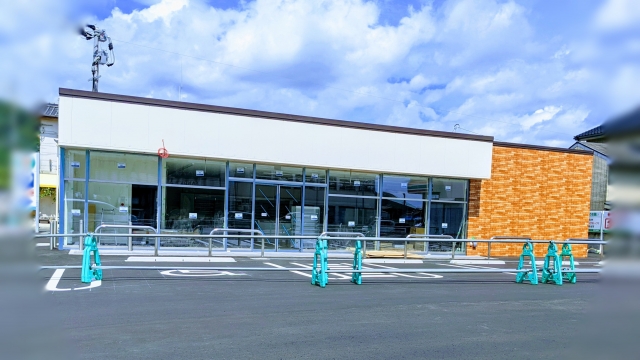
Photo by 自然体
The very first convenience store was opened 1969. Since then, Japanese companies have joined up with US and other foreign retailers to create an original Japanese twist. Over the course of the staggering economic boom in the 70s and 80s, the stores became a national phenomenon[3]. The most popular franchises are Seven Eleven, Family Mart and Lawson, but you’ll find many other rarer or more local variations too.
In total there are more than 50,000 stores, that’s one store for every 3,400 people, in which each of those people spends more than 50,000 yen a year on average[4]. So what is in store for the future of the konbini? It seems highly unlikely that they’ll ever disappear. Indeed companies are already trialling the idea of introducing robots and automation into the stores[5]. Hopefully they’ll manage to find a good balance of keeping their workers and customers happy and cared for.
So whether is the shop on the corner of the street, the tiny booth stuffed inside an underground train station, or a beacon on light on a dark, remote country road, make sure to make the most of all the conveniences on offer.
Sources Cited in this Article
[1] https://www.statista.com/statistics/810889/japan-convenience-store-sector-sales/
[2] https://playport.com/most-popular-convenience-store-products/
[3] https://web-japan.org/nipponia/nipponia19/en/feature/feature03.html
[5] https://asia.nikkei.com/Business/Retail/FamilyMart-preps-1-000-unmanned-stores-in-Japan-by-2024
Photo Credits
Additional photos by えこだん , おくやまさき & 自然体
All other content (text) created by the original author and © 2022 MUSUBI by Borderlink
RELATED
-
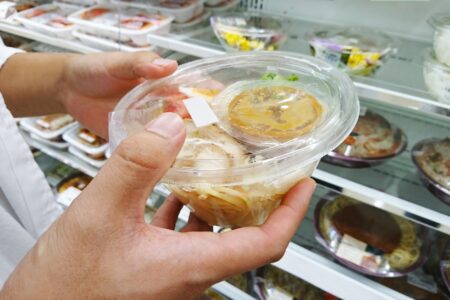
How to Choose Your “Konbini!”
Top Photo: himawariinさん on PhotoAC One of the main things I’ve utilized since living in Japan are convenience … -

Less Than Meets The Eye: Convenience Store Sandwiches
Top Image: LuckyLife11 on Pixabay When short on time or in need of an immediate cure to the hungry bug, a comm… -
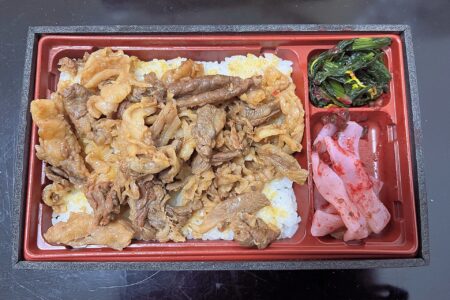
Before the Kitchen: ALT Eating
Top Photo: santamaさん on PhotoAC When you first come to Japan as a Borderlink ALT, you may spend the first seve…
PEOPLE

Henry Parkyn-Smith
From the UK
Lived in Japan for two years



